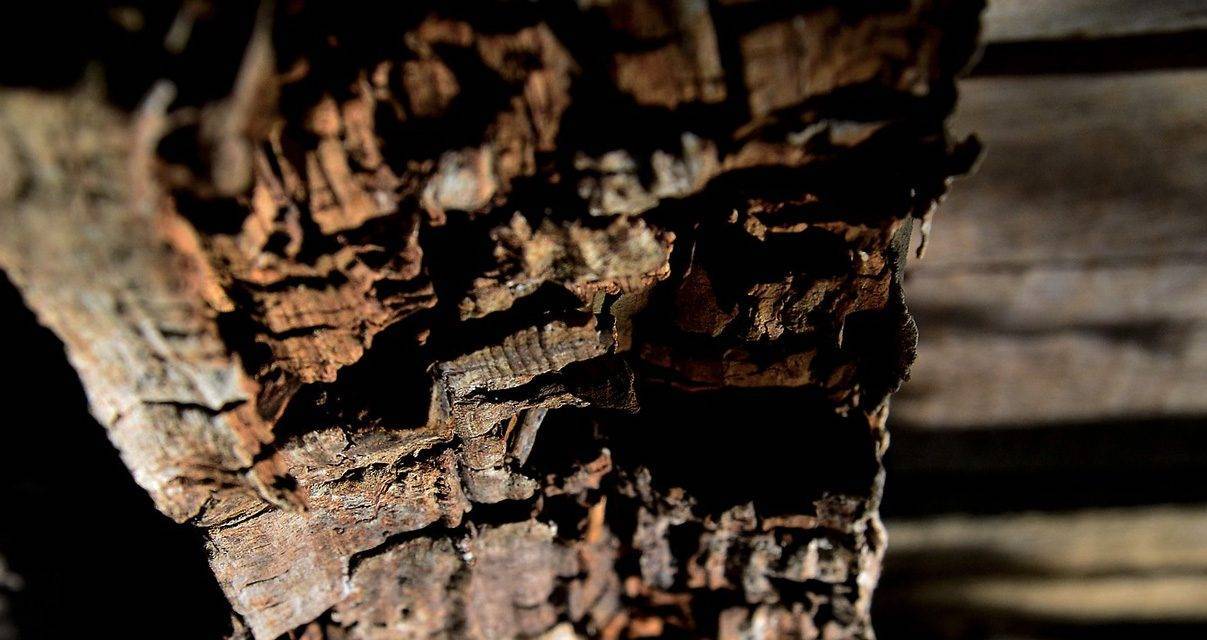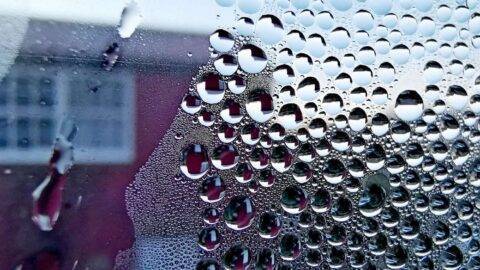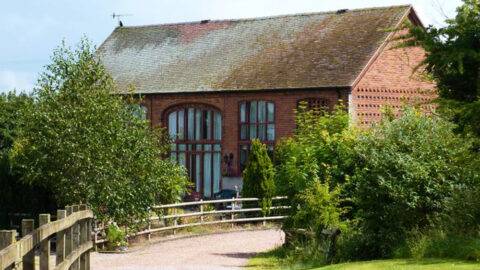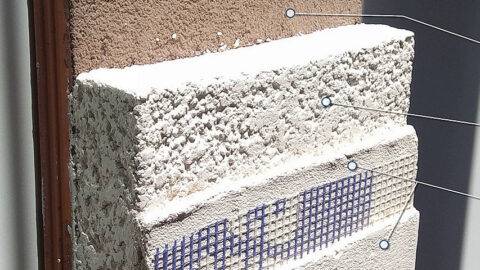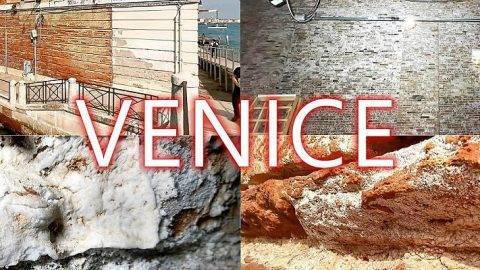What is Condensation?Condensation is the liquification of invisible water vapours present in the air in…
Rotting Joists – Diagnosis and Repair
An Old Farm House with Rotting Joists
We have surveyed an old farm house, where the floor was already taken up and the joists were getting replaced. The client was facing a very common problem: rotting joists.
It is easy to see when joists have deteriorated to the point where they had to be replaced. The customer, however, wasn't sure why exactly they have rotted away. And by simply replacing the joists without sorting out the underlying reason that made them rot in the first place, will cause the new ones to rot the same way.
Here is a quick video showing the problem with some suggestions on how to remedy the problem.
In surveying old and listed buildings one of the most common concerns of old building owners is the quality of the joists. Are they OK? Are they rotting or not, do they need replacing?
What is Causing Joists to Rot?
As you can conclude from the video, the simple answer to that questions is: moisture. More specifically, joists sitting on damp masonry.
For wet rot to appear one has to have a significant amount of liquid moisture present around the timber. The following list will give you the typical causes in order of importance and relevance:
- Sideways penetration - It occurs when joists are in contact with external earth-touching walls, where the soil outside is higher than the floor level inside.
- Leak - when joists are rotting around one certain spot one has to look around for sources of moisture ingress. The most typical ones are: gutter overflowing or discharging onto the masonry; burst or leaky pipes; big gaps and cracks in the pointing etc. These leaks are normally easy to trace.
- Rising damp - when the property does not have a damp proof course, rising damp can rise all the way up to the joists. When the rising damp situation is fairly bad, especially when complicated by non-breathable cement or membranes around the timber, rising damp alone can introduce enough moisture for the timber to rot.
- Condensation / lack of ventilation - under suspended timber floors there is normally a crawl space, ventilated through air bricks. When these air bricks are blocked off, the space down there can get wet. Under these circumstances one will inevitably wind up with a lot of condensation that is capable of introducing enough moisture for the timber to rot.
How to Prevent Joists from Rotting?
The first step, of course, is to inspect the timber and see whether there is a problem at all. Then inspect the surrounding masonry, looking for the following:
- Is the masonry wet anywhere around the joists?
- Is this point lower than the soil outside? Typically, by removing the soil from the base of the wall to start about one foot below the level of the joist, would fix the problem. Normally, it only takes a bit of digging. But if a deep drain is needed, that should be lined with geo-textile membrane and and backfilled with large stones. If the groundwater is higher than the bottom of the trench, one can add a perforated drainpipe too hooked to a nearby drain, doing a proper French Drain.
- Are there any leaks? Is the gutter overflowing? Any broken pipes? Anything dripping? Just look for any wet spot. Both inside and outside and fix anything you find.
- Is the wall freestanding? Does it have a damp proof course? Is it damp from the soil all the way up to the joists? If it is rising damp, one would need to fit a damp proof course. For old and listed buildings, especially with thick walls, consider a Magnetic Damp Proof Course.
- Is there any ventilation down there? Are there air bricks? Are they blocked off? Make sure there are enough air bricks, at least one every 2-3 meters, and that they are not blocked off by mud, leaves or anything else.
- Is there any cement around the joists? Make sure you remove the cement and non-breathable membranes, and embed the joists into lime. Behind cement joists rot very quickly.
If no problems are found, you can be fairly certain your joists are safe, they will not rot. However, if any of the above problems have been found, even if your joists are in good shape, fix the problems at once, before the joists get damaged.
When you notice that the joists are rotting but they are still strong, fixing the dampness problem can deprive wet rot of its moisture supply, making it die, saving your joists from further decay.
What to Do When Repairing or Replacing Rotted Joists
One can reach a point eventually where there is no turning back: the joists have rotted through and they have to be replaced. This can come up in a survey or during a DIY inspection. When the joist is flexing under your feet, especially close to the walls, it might mean that the joist end has rotted through. The joist ends might need repair or, depending on the extent of the damage, joists need to be completely replaced.
When doing so make sure to:
- Fix the underlying dampness problem. Joist rot because of an underlying dampness problem.
- Always avoid cement and non-breathable membranes when embedding timber. Use lime instead as it breathes and won't trap moisture behind it. Lime also has antiseptic and anti-fungal characteristics too, hence it is THE preferred building material to be used in timber frame buildings and around timber in general, it keeps timber healthy.
- Provide good ventilation under the floor boards.
This way you can be sure the new joists will stay strong and healthy for a long time.

